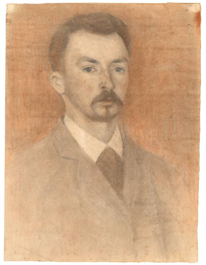Vilhelm Hammershøi (1864 - Copenhagen - 1916)
Self-Portrait, c.1891
Coloured crayons on paper, 30.1 x 25 cm
Provenance:
Johannes C. Bock [his sale, Copenhagen, Winkel & Magnussen 380, 1953, lot 41]
Private collection, Denmark
Literature:
Poul Vad, Vilhelm Hammershøi and Danish Art at the Turn of the Century, trans. Kenneth Tindall, New Haven and London 1992, repr. p.102
Poul Vad, Vilhelm Hammershøi. Værk og liv, 2003, ill. p.131
Exhibited:
Vilhelm Hammershøi 1864-1916, Copenhagen, Kunstforeningen, 1955, no. 52
Hammershøi. Retrospektiv udstilling, Charlottenlund, Ordrupgaard, 1981, no. 39, repr. p.70
Hammershøi. Painter of Stillness and Light, New York, Wildenstein, 1983, no. 25
Hammershøi. Painter of Stillness and Light, Washington, The Philips Collection, 1983, no. 25
Vilhelm Hammershøi married Ida Ilsted (1869-1949), the younger sister of his associate and friend Peter Ilsted, in 1891. Soon after their marriage Hammershøi and his wife travelled to Paris. They left Denmark on 5 September 1891 and arrived in Paris on 21 September 1891, travelling via Holland and Belgium. On his arrival, Hammershøi visited Théodore Duret, a leading French art critic whom he had met in Copenhagen in 1890. Duret, who had an active interest in Hammershøi’s work, was instrumental in introducing it to the influential Paris-based art dealer Durand-Ruel. On Duret’s initiative Hammershøi’s Portrait of Ida was sent to Durand-Ruel after an exhibition in Munich in 1891.[1]

Fig. 2 Double Portrait oft he Artist and his Wife, Paris 1891, pencil on paper, 18 x 25 cm, private collection
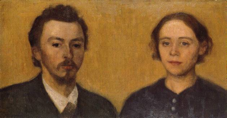
Fig. 1 Double Portrait of the Artist and his Wife, Paris 1892, oil on canvas, 36.5 x 66 cm, The David Collection, Copenhagen
During his Parisian sojourn Hammershøi executed two oil paintings.[2] One was a copy after an ancient Greek relief in the Louvre[3] and the other a Double Portrait of the Artist and his Wife[4] executed in 1892 (Fig. 1). The present Self-Portrait is almost certainly a preliminary study for the double portrait. A further preparatory drawing for the double portrait, in pencil and also executed in 1891, is now in a private collection (Fig. 2). This preparatory drawing may have served as preparatory to a Self-Portrait[5] painted in 1891 (Fig 4).
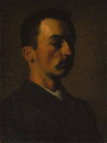
Fig. 3 Self-Portrait, 1890, oil on canvas, 52.5 x 39.5 cm, Statens Museum for Kunst, Copenhagen
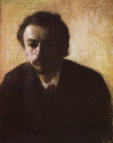
Fig. 4 Self-Portrait, 1891, oil on canvas, 54 x 42 cm, private collection
As in many of his earlier self-portraits, physiognomic perfection was not Hammershøi’s chief concern. His interest lay in depicting his own introspective and almost absent gaze.[6] In addition to the present drawing and the two double portraits (Figs. 1 and 2), only four other self-portraits of the artist's early period are known (Figs. 3, 4, 5 and 6).
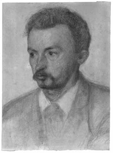
Fig. 5 Self-Portrait, 1895, pencil on paper, 24 x 18 cm, Institut Néerlandais, Paris
[1] Münchener Jahresausstellung, 1891. Hammershøi contributed a total of seven paintings to the exhibition. One was a Portrait of Ida. [2] Poul Vad, op. cit., 2003, pp.105-15. [3] Hammershøi copied the left section of a two-part antique relief from the Prytaneion in Thasos depicting Hermes and the Charites (early 5th century BC). [4] The David Collection, Copenhagen; on loan to the Hirschsprung Collection, Copenhagen. See Sophus Michaëlis and Alfred Bramsen, A Catalogue Raisonné of the Works of Vilhelm Hammershøi, Copenhagen and Christiania 1918, no. 104. [5] Private collection. Copenhagen, Kunsthallen, auction sale 487, 3-5 December 1987, lot 87. [6] De Abildgaard à Hammershøj – 75 dessins danois, exhib. cat., Fondation Custodia, Paris 2007, no. 27, repr.

